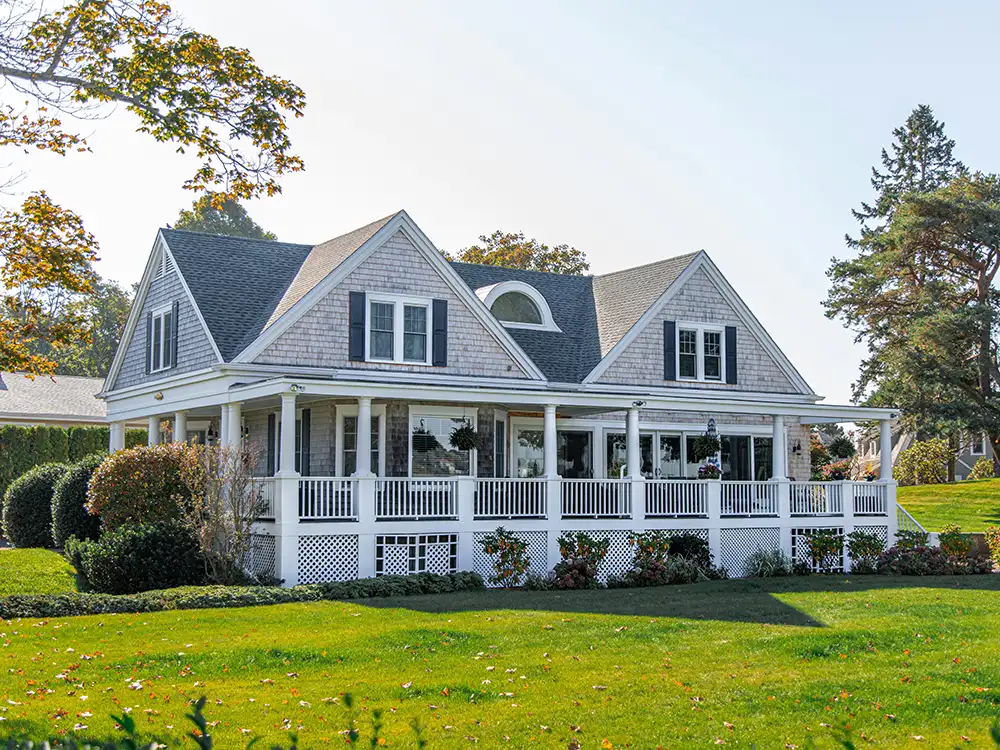From Uncertainty to Peace of Mind
Many homeowners assume their standard home insurance policy covers all disasters, but this isn’t always the case. Fires, floods, and other natural disasters may not be fully covered, leaving you financially vulnerable.
This guide will help you assess whether your home is truly protected and what steps to take to fill in the coverage gaps.
1. Understanding What Standard Home Insurance Covers
Most standard home insurance policies cover the following:
- Fire and Smoke Damage
- Windstorms and Hail
- Theft and Vandalism
- Certain Types of Water Damage
- Flooding – Requires separate flood insurance.
- Earthquakes – Requires an endorsement or a separate policy.
- Sewer Backup – May need additional coverage.
- Mold, Pest Infestation, or Wear and Tear – Usually not covered.
2. Fire Protection: Is Your Home Fully Covered?
Fires can cause devastating losses, and while standard policies cover fire damage, additional considerations apply.
What to Check in Your Policy:
- Replacement Cost vs. Actual Cash Value – Ensure you can fully rebuild your home.
- Additional Living Expenses (ALE) – Covers temporary housing if your home is unlivable.
- Wildfire-Prone Areas – Some insurers limit coverage in high-risk zones.
Ways to Strengthen Fire Protection:
- Install fire alarms, sprinkler systems, and fire-resistant materials.
- Maintain a defensible space around your home (especially in wildfire-prone areas).
- Consider an umbrella policy for extra liability protection.
3. Flooding: Do You Need a Separate Flood Insurance Policy?
Many homeowners assume their insurance covers flooding, but it does not.
FEMA reports that just one inch of water can cause over $25,000 in damage.
Who Needs Flood Insurance?
- Homeowners in FEMA-designated flood zones (required for federally backed mortgages).
- Properties near rivers, lakes, or coastal areas.
- Areas experiencing increased heavy rainfall and hurricanes.
How to Get Flood Insurance:
- Check if your insurer offers private flood insurance.
- Purchase a National Flood Insurance Program (NFIP) policy.
- Consider elevating appliances, installing sump pumps, and using water-resistant materials to reduce risk.





